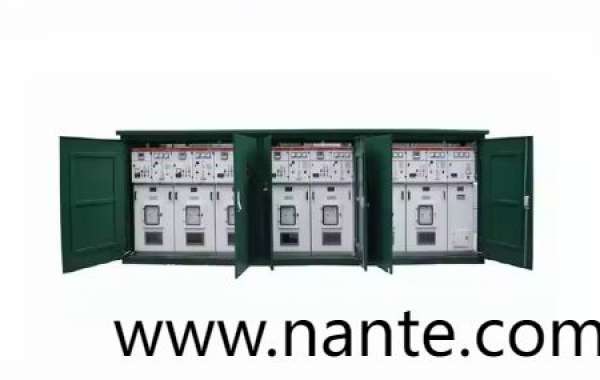In many hazardous workplaces, selecting the right connector matters when safety and continuity matter most, and an Industrial Plug often becomes the focal choice for noisy, demanding environments. These rugged connectors are designed to resist harsh atmospheres while keeping circuits secure during heavy use. Choosing suitable hardware reduces ignition risk around flammable atmospheres and supports steady operation for motors and drives that power production lines.
Facilities that host chemical processing, grain handling or fuel transfer often require equipment that contains potential ignition sources. A certified enclosure and mating connector help keep sparks confined and avoid accidental exposure to vapors. When planners place service points thoughtfully and specify compatible sealing accessories, maintenance staff can perform checks without exposing sensitive terminations to open air. This approach lowers operational anxiety and supports safer routines across shifts.
Installation practice influences how well a confined connector performs. Proper cable routing with strain relief prevents tension from reaching terminations, while secure clamps maintain contact integrity under vibration. Mounting brackets that anchor to sturdy substrates resist loosening when machines cycle. Technicians who follow manufacturer guidance for fastening and torque finish with a tidy assembly that minimizes field returns and reduces the need for repeated adjustments.
Environmental protection plays a strong role where wet conditions or airborne dust threaten longevity. Housings that accept gaskets and that include threaded covers keep moisture and particulates out while allowing quick access when a check is needed. Surface finishes that tolerate cleaning prevent early wear and help inspectors notice early discoloration or corrosion. When materials and protective accessories match site exposure, routine work focuses on function rather than repair.
Operational safety extends beyond the plug itself. Local isolation means that teams can disconnect supply points before service without powering large systems down. Simple mechanical locks and clear signage at service panels help crews follow safe sequences. Pairing hardware that resists ingress with switching at the supply point limits the chance of accidental live work and helps supervisors enforce steady procedures.
Monitoring adds a practical layer of oversight in volatile areas. Temperature sensing near connections warns of rising junction heat that can indicate poor contact or overload. Moisture detectors inside enclosures flag seal failures so crews replace gaskets before corrosion sets in. When alerts reach a supervisor remotely, teams schedule visits during planned windows rather than reacting to urgent faults, which reduces disturbance to production.
Choosing connectors that offer modular repair parts reduces waste and shortens downtime. Replaceable inserts and mating faces let service teams swap a worn component without replacing entire assemblies. Stocking common spare items and training crews to perform simple swaps keep stores small and response times quick. This repair friendly philosophy supports steady budgets and improves site resilience.
Training and documentation complete a robust program. Clear wiring diagrams, concise torque notes and simple checklists give field crews the confidence to perform safe work. Periodic walkthroughs that show where service points live and how to isolate them shorten response times when alarms occur. Good documentation also helps new staff learn safe practices faster and reduces uncertainty during handovers between shifts.
Designers and procurement specialists should look for suppliers who publish clear compatibility notes and who provide accessory kits for sealing and strain relief. Visual guides that show opening sequences and replacement steps shorten training effort and reduce the chance of incorrect assembly in the field. When supplier support is practical, on site teams gain clarity and technical questions resolve faster.
If your operation requires connectors that contain ignition risk and you want options that balance durability with maintainability, explore available product details and accessory sets. For model illustrations installation notes and spare part lists visit www.nante.com and see the industrial plug product area at https://www.nante.com/product/socket-plug/industrial-plug/. These resources help planners and technicians match hardware to the environment while supporting safer, more predictable service routines and procurement choices.








